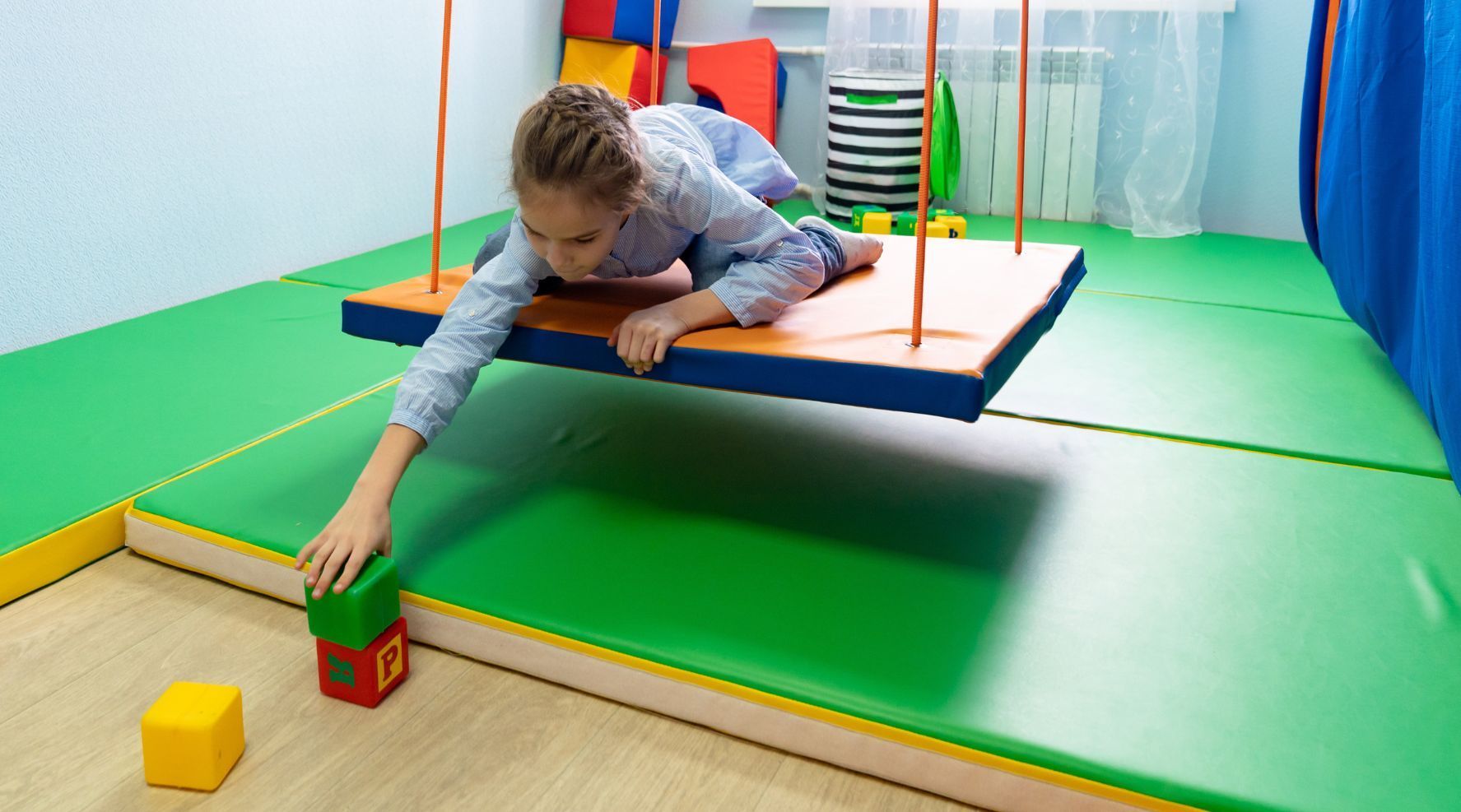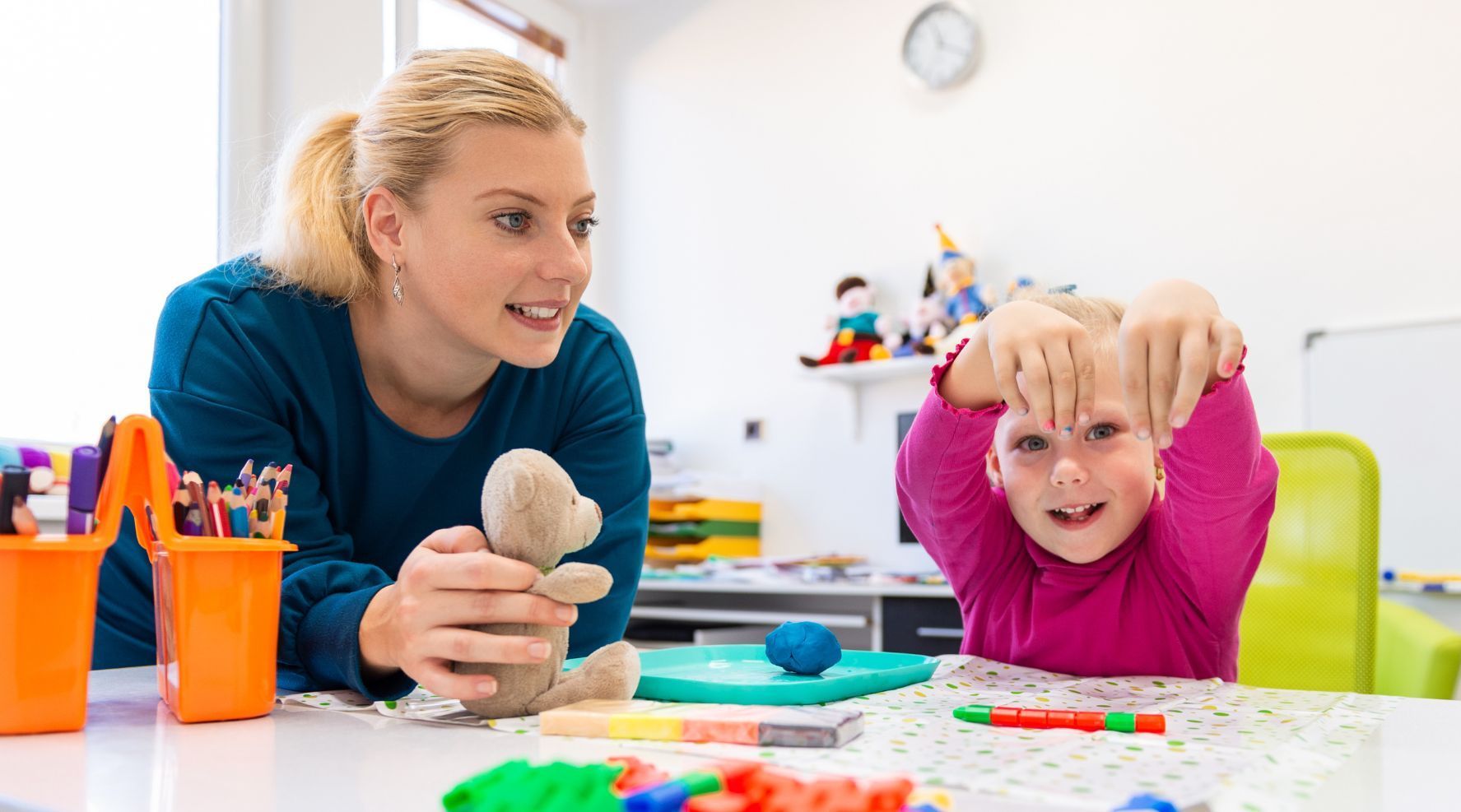Common Misconceptions About Sensory Gyms Explained
Sensory gyms help children with sensory processing issues build skills. However, some people still believe certain myths about these crucial gyms. Read on to explore some of the most common misconceptions about sensory gyms.
What Is a Sensory Gym?
Most often used by occupational therapists to help children with sensory issues, sensory gyms are now turning up in schools, hotels, car dealership waiting rooms, and hospitals. These specially designed spaces contain equipment that can help build balance, body awareness, motor, communication, and social skills.
Sensory gyms provide much-needed sensory breaks for hypersensitive people or sensory stimulation for people who need stronger sensory inputs to calm themselves or understand their bodies and environments. Despite the many benefits of these setups, there are some misconceptions about sensory gyms. Read on to explore a few that we’d like to dispel.
Myth One: Sensory Gyms Only Benefit Those With Autism
Many people diagnosed with an autism spectrum disorder (ASD) have sensory issues. However, non-autistic people may also have sensory processing trouble. Sensory integration disorder (SID) can manifest in non-autistic people as clumsiness, bumping into things, aversion to certain clothing or food textures, or extreme reactions to loud sounds or bright lights.
Sensory gyms address spatial awareness and balance (the vestibular sense) and body awareness and force (proprioception) while building physical strength, motor skills, and planning abilities.
This equipment also benefits people without special needs. Sensory gyms are attractive environments to encourage exercise. They help sharpen sensory perception and processing skills for everyone.
Myth Two: Sensory Gyms Are Only for Toddlers and Pre-School Children
Adults with disabilities benefit from sensory gyms, and more organizations are constructing them to accommodate adult bodies. Teens and young adults with disabilities can continue to hone sensory and social skills while having fun in a sensory gym environment.
Myth Three: Only Therapists Use Sensory Gyms
More people and institutions have begun to recognize the benefits of sensory gyms. Parents install indoor sensory play equipment in their basements or spare rooms to reinforce therapy for their kids. Hotels, hospitals, and schools find these spaces help their more sensitive guests and patients.
Don’t let misconceptions about sensory gyms keep you from offering yourself or your children the benefits of sensory exercise and play. Contact Royalty Sensory Gyms for more information on how we can design a sensory gym environment for your home, school, or business.





